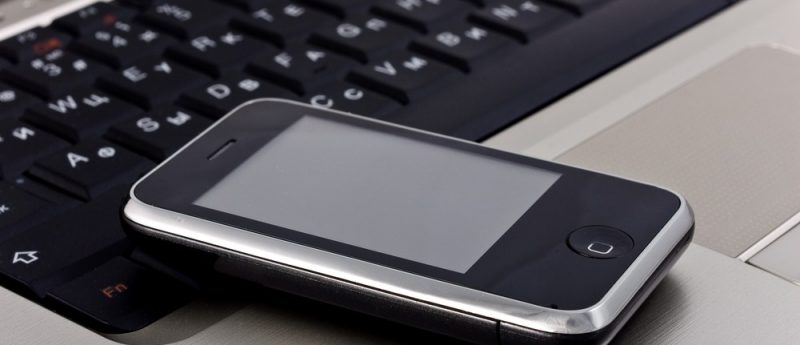Lab-in-a-smartphone: a new camera for the remote diagnosis of paper and liquid based medical tests

Researchers at the University of Illinois (IL, USA) have published research on the incorporation of optical spectroscopy into cameras optimized for use in smartphones. The camera could help in health diagnostics and monitoring by reading results from color changing paper and liquid medical tests. It could also have alternative applications in general purpose color sensing applications.
The specially adapted camera is able to accurately measure the optical absorption spectra of colored liquids or the optically scattered spectra of solid objects, whilst all contained within the body of a standard smartphone. The components utilized are inexpensive, and include LEDs, which are already used for flash illumination in current smartphone designs.
Research, published in Sensors and Actuators B: Chemical, details how a special component (attached on top of a conventional smartphone image sensor) allows the detection of the specific color of liquids in a cartridge when the smartphone is held directly above the sample. The user would then be able to send the image and related information directly to a physician, aiding remote diagnosis and treatment. Researchers utilized the camera to accurately measure the liquids of a fetal fibronectin enzyme-linked immunosorbent assay), which is typically used to help determine the likelihood of pregnant women giving birth prematurely.
The device works by a bank of light emitting diodes (gathered into a plastic rod) collimating the light and sending it to a test point in front of the camera. Only one wavelength is able to pass through the camera at a time, but it is linearly variable across the width of the camera. This means that the camera is able to perform wavelength separation without using vertical space, like conventional spectrometers do.
Brian Cunningham (University of Illinois) explained: “We developed a Light Variable Filter spectrometer by simply gluing the filter component over the pixels of a conventional image sensor. It is a wavelength transmission filter that is graded from the left side to the right side, to allow blue light through on the left and red light through on the right, and every other wavelength in between. If you shine one wavelength through the entire filter, light will only pass through to the image sensor at one location. When many wavelengths pass through at one time, the image sensor’s pixel intensities represent a spectrum of the light.”
“To make it work, smartphone manufacturers would add a camera for science purposes. The pixels of the additional image sensor would have a linear variable filter glued on top of it that transforms the camera into a spectrometer. Since the component would be an integral part of the phone, the information generated by it can be seamlessly integrated with other information about the patient, and the test being performed, while interacting with a cloud-based smart service system that provides immediate actionable feedback,” commented Cunningham.
The team hope to demonstrate the specific impact of their technology in developing countries where access to medical professionals is challenging and limited. The methodology used in their recent research is capable of quantitatively detecting biomarkers for nutrition, cardiac health, sepsis, cancer, pregnancy, infectious disease, drug abuse, hormones, and many others.
Cunningham concluded: “I think mobile health is going to mean medical diagnostic tests for nutrition or wellness, a service that the major smartphone companies can help provide. They are looking for ways that healthcare can fold in with their capabilities. We’re hoping to find companies that are interested in differentiating their phone from others by having this capability.”
Sources: Wan Y, Carlson JA, Al-Mulla SA et al. Integrated spectroscopic analysis system with low vertical height for measuring liquid or solid assays. Sens. Actuators B Chem. doi:10.1016/j.snb.2017.08.126 (2017)(Epub ahead of print); www.eurekalert.org/pub_releases/2017-09/uoic-rds091317.php
